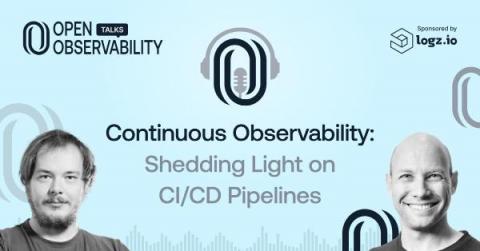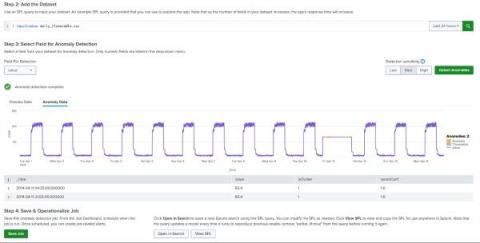Democratizing Data Through Secure Self-Service Concierge Access of Cribl Stream
Ah, the age-old question of how to manage screen time for kids – it’s like trying to navigate a minefield of Peppa Pig, Paw Patrol, and PJ Masks! I mean, who knew Octonauts and Bubble Guppies would become household names? As a dad of two young kids, managing screen time is a balancing act, especially keeping our 5-year-old happy with access to her shows.











